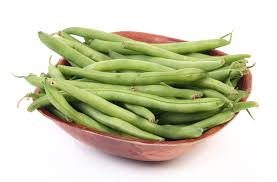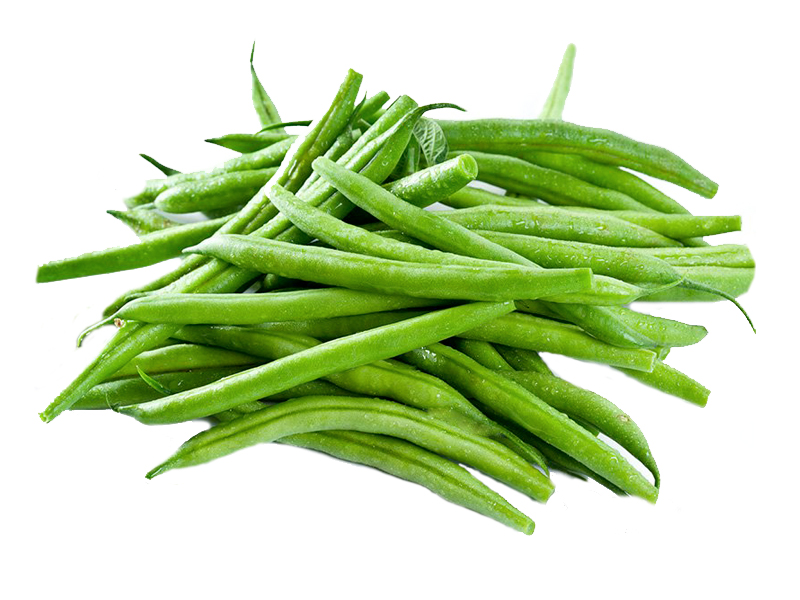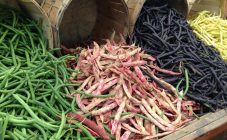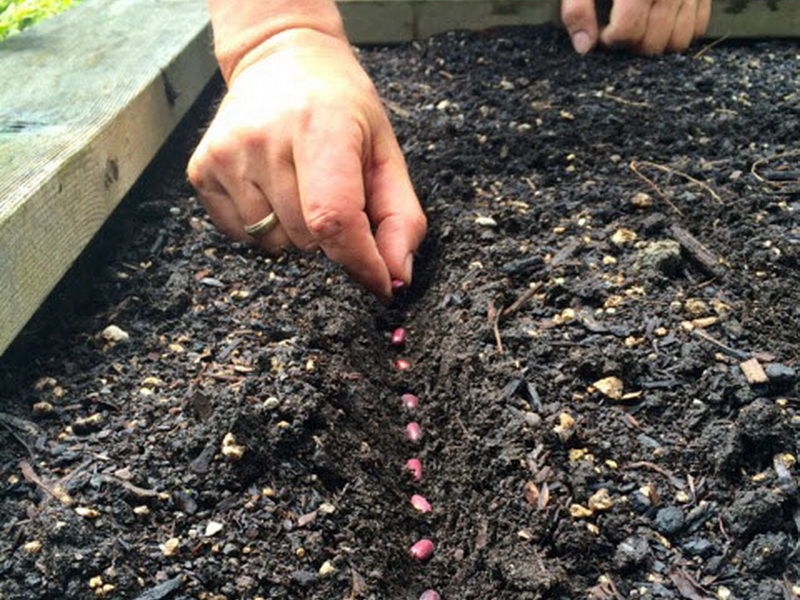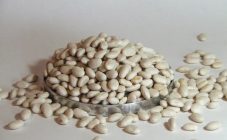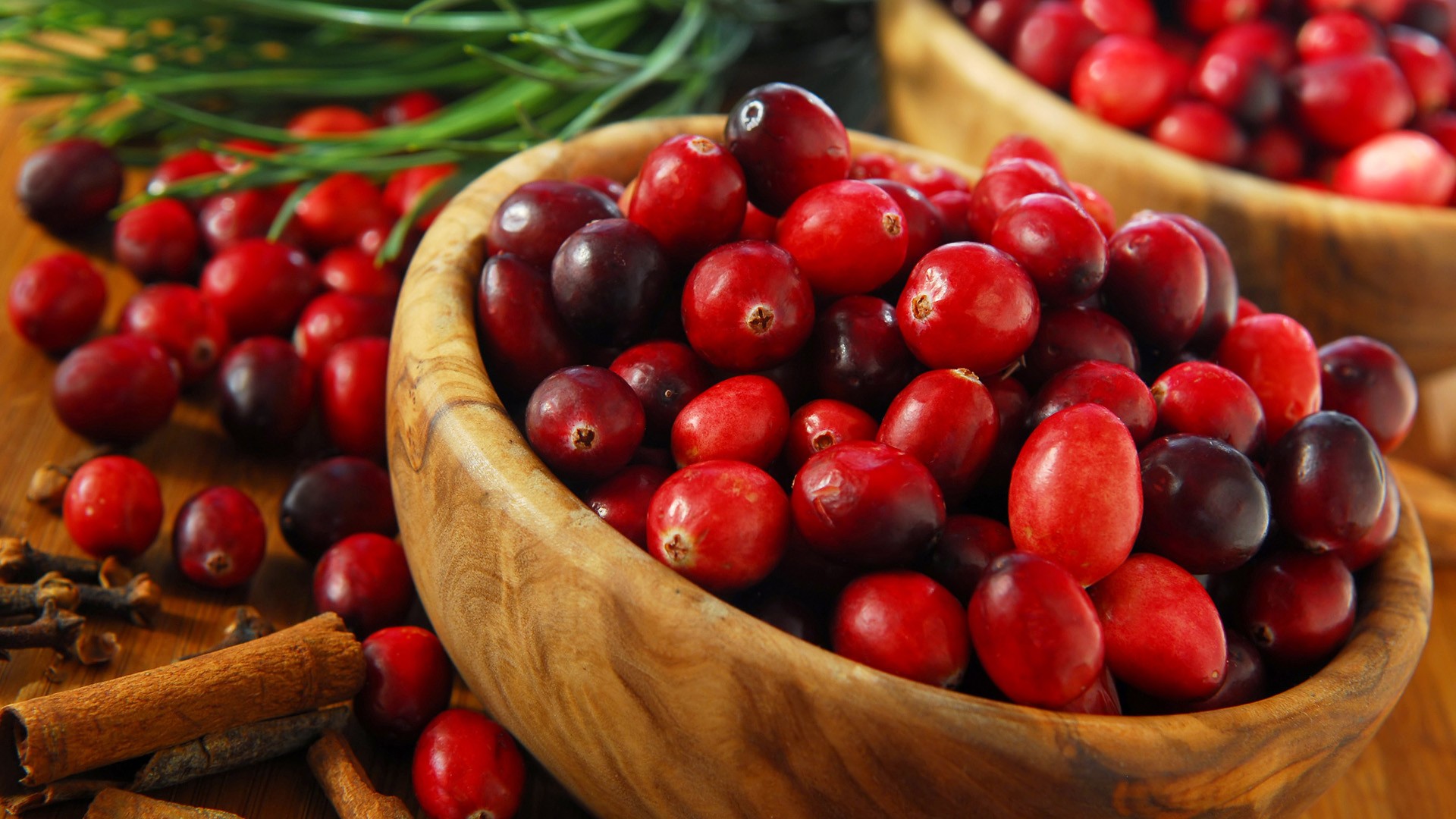Content:
Due to their unique adaptability, beans are cultivated all over the world. However, she is very demanding on the soil and is very fond of light. The nutritional properties of the plant are so great that in some countries it is analogous to meat.
About beans
The legume and asparagus culture is grown to obtain young pods (blades), the grains in them should not yet have milk ripeness. All types of such beans are called by the combined word - vegetable.
The culture is divided into main types:
- Stunted. The bush does not exceed 60 cm, the cuttings are located around the trunk. Almost every sinus forms an inflorescence. The vegetable begins to bloom in June.
- Curly. The liana-shaped stems of the plant can exceed 3.5 meters in length, therefore they need support. The pod, like that of the undersized species, is hanging.
The flowers of the plant are very attractive in their color palette: pink, red, purple, white. This allows you to cultivate a plant in flower beds, decorate fences, receiving a double benefit: both beautiful and useful.
Description of asparagus and vegetable beans
Vegetable beans are young, immature, fleshy pods of a common crop. The legume vegetable is versatile: unripe shoulder blades, like young grains, can be eaten unripe; in mature form, only grains are used.
The shape of the beans is flat or round, the color can be different: variegated, green, black, red, yellow, purple, white.
Asparagus beans are a type of vegetable. For cooking, use unripe shoulder blades, no more than 10 days old. Their delicate taste is all the more pleasant, since tough fibers are completely absent, it slightly resembles the taste of asparagus, which is why the beans got this name.
There are people who believe that if what makes asparagus different from green beans is simply the name. This is a wrong opinion - these two vegetables are only united by their similarity in name.
Distinctive features
Vegetable beans and asparagus have differences, although they are considered the same variety. Not every legume crop is correctly called asparagus. The peeling plant has a coarse parchment layer and the seam is also covered with coarse fiber. A bean pod is edible only if it is very young, juicy, unripe.
The vegetable variety is grown mainly on the shoulder blade. Sugar varieties that do not have a parchment layer and longitudinal fiber are popular. Their technical ripeness is determined by tender, fleshy pods with unripe fruits.
Characteristic differences of asparagus beans
The difference between asparagus beans and green beans can be seen in a comparison of both varieties.
This is what the asparagus beans look like, their pods:
- The length of each pod ranges from 40 to 45 cm;
- There are no fibrous filaments;
- The fruits are bulk, the taste is delicate, pleasant;
- The shoulder blades resemble thin tubes or are flat.
As one of the main indicators, asparagus and green beans have differences in the color of the pods themselves. In the first, the shoulder blades are always green, but of different shades, in the pod, the spectrum is quite wide, depending on the inflorescences:
- The inflorescence is white - the shoulder blade is yellow;
- The flowers are purple - the pods will be purple;
- After the yellow inflorescences, there will be green blades.
The difference is also observed in the beans themselves: the asparagus type of fruit is small, narrow.
Even in greens, which are leafy asparagus and green beans, the difference is quite noticeable. The first has very thick and abundant greens. The shoulder blades hang down in large numbers from strong, liana-like branches. If the harvest is removed a couple of days earlier than the deadline, then a second wave of flowering will immediately appear, followed by the appearance of blades.
If you cut an asparagus pod, you will find that the juicy pulp is a bit like jelly. This variety can also be distinguished by its almost circular cross section. The rest of the species are distinguished by flatter pods.
Using paddles
A distinctive feature of the asparagus culture is the ability to eat fresh raw pod. Both shutters and seeds are suitable for food.
Thin shoulder blades are used in salads, soups, stews. Softer and fleshy - used for canning. A ripe bean has a thick skin, so it needs to be soaked for a long time before cooking. The cooking process will also take a long time.
Growing and care
All varieties of beans are practically the same growing process. Only for liana-like varieties, the installation of trellises, supports or planting near fences is required.
To grow a culture, it is enough to follow these small rules:
- The plant does not tolerate acidic and heavy soils;
- The culture needs a sunny, open place, but sufficiently sheltered from the winds. Brittle curly stems can suffer from violent gusts;
- Loose and nutritious soil should not be oversaturated with fertilizers, especially biological ones. It is advisable to use special ones for legumes;
- Ash is required for the plant, it is brought in at least three times: during sowing, during the first shoots and after another couple of weeks.
In addition to loosening, watering, weeding, each bed must be mulched to maintain the necessary moisture.
All legumes do not tolerate drought. In particular, the required moisture level should be monitored during the period of tying the shoulder blades, after flowering. At such a time, the plant needs abundant regular watering.
Harvesting is an important point. It should be removed before the blades are swollen, until the beans do not exceed the size of the wheat grain. If you are late with picking, you can lose the unique taste of asparagus beans.
All types of asparagus beans are green beans, but not every green beans variety is asparagus.
